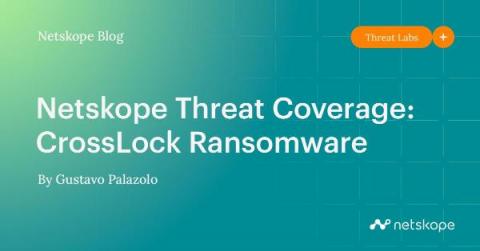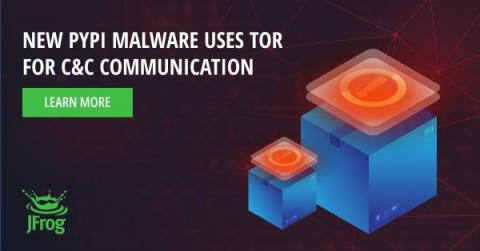Malware Downloads Facilitated by Social Engineering
The most common route for malware infections remains social engineering in its various forms: phishing, vishing, etc. Such approaches take advantage of users’ deliberately cultivated willingness to trust communications they receive and to follow the instructions and links such malicious communications carry.











